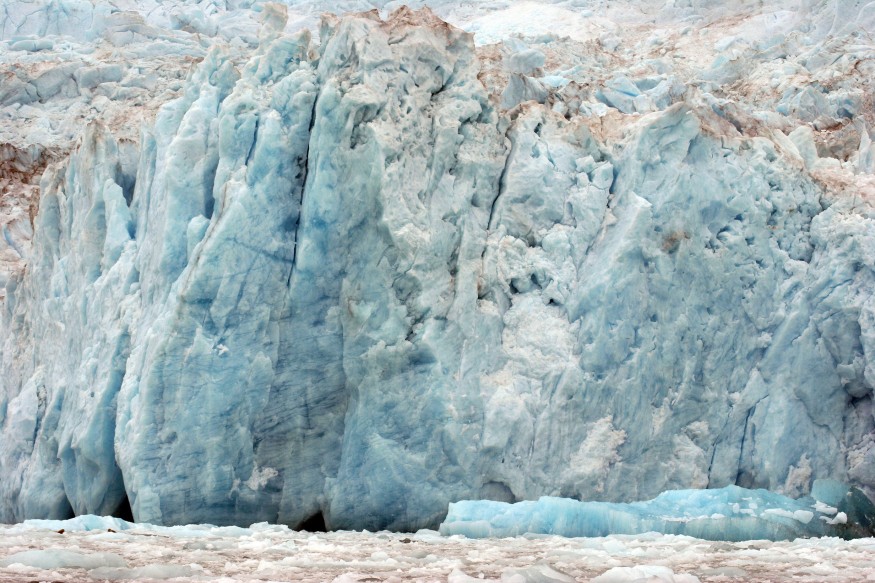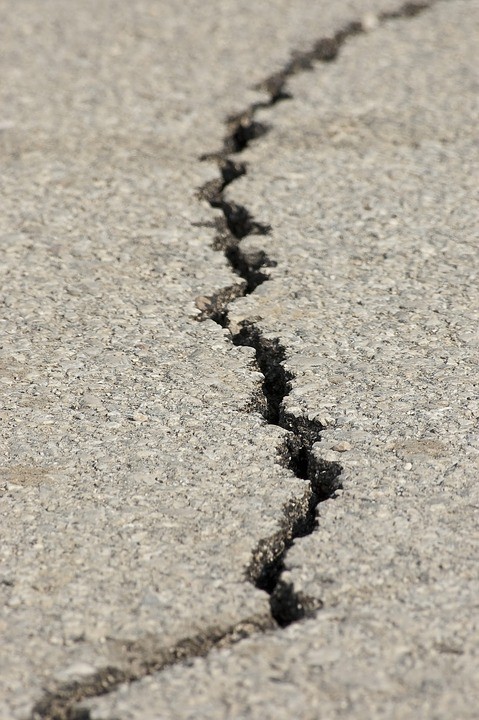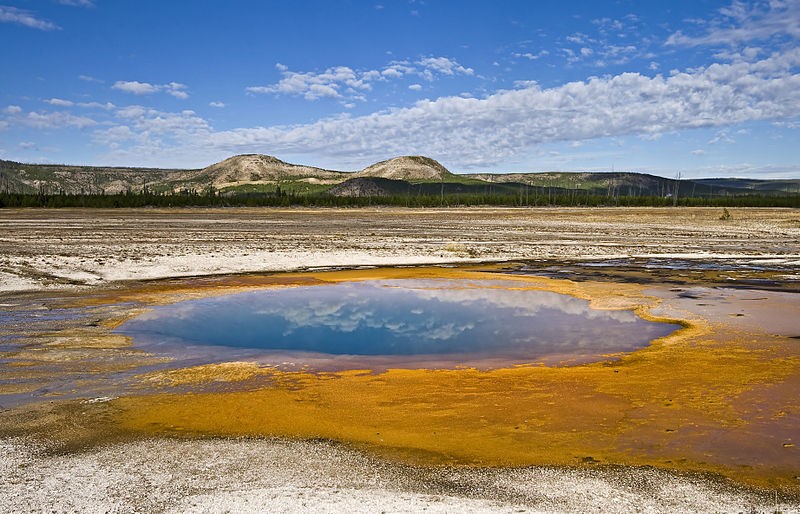Located on Alaska's south coast, the Aleutian Islands are a group of volcanic islands home to 44 volcanoes. Across the North Pacific, the island chain features a unique, arching land shape that reaches the Russian shore.

There is a supervolcano beneath these islands, and these volcanic islands might be one giant caldera, a large, bowl-shaped geographic structure left behind by a volcano's eruption, according to recent research.
A Hidden Supervolcano
According to John Power, a geophysicist with the US. Geological Survey, the supervolcano is approximately the size of a football field. According to the Alaska Volcano Observatory of the Geological Survey, if the underlying giant had detonated in the previous few thousand years, civilizations all over the world would have been affected.
The Aleutian Islands may be what's left behind after the underlying supervolcano's eruption, according to results presented at the American Geophysical Union's annual conference on December 7. The supervolcano also can unite six previously considered to be separate volcanoes in the Aleutian Islands.
Herbert, Carlisle, Cleveland, Tana, Uliaga, and Kagamil are examples of volcanoes that may result from a vent along the edge of a much bigger volcano, with Cleveland being one of the group's group's most active volcanoes. Scientists employed tiny seismometers to record many microearthquakes around these islands that stretch farther east and north, implying one substantial volcanic activity, in addition to the geographic data.
Possibilities

Although the new findings have not yet been validated, the study contains substantial evidence. According to the results, the summits of the existing Aleutian volcanoes form a ring shape. Using seafloor topography imaging, the scientists discovered arc-shaped ridges and a 426-foot-deep (130-meter) depression in the middle of the ring formation under the surface.
"These huge calderas have huge implications globally," Power says of the revelationary study, adding that "this prospective identification helps us understand what we may expect, why Cleveland is so active, and understand the threats."
In addition, if the possibility of a mystery, massive supervolcano under the North Pacific terrifies you, the discoveries don't have to indicate a future disaster "always." While the study team is still in its early phases, they are gathering more knowledge on existing and potential future threats in this region, and they may one day be able to avert them.
Supervolcanoes

The term "supervolcano" refers to a volcanic center with a magnitude eight eruption on the Volcano Explosivity Index (VEI), which means it spewed more than 1,000 cubic kilometers (240 cubic miles) of material at one moment. The word "supereruption" became popular in the early 2000s as a clever way to designate VEI 8 eruptions. Explosive eruptions of this scale eject so much magma that a circular-shaped collapse structure, termed a caldera, emerges above the evacuated magma storage zone.
Read also: Long Valley Supervolcano: World's Most Dangerous Volcano Shows Signs of 'Imminent Eruption'
For similar news, don't forget to follow Nature World News!
© 2025 NatureWorldNews.com All rights reserved. Do not reproduce without permission.





